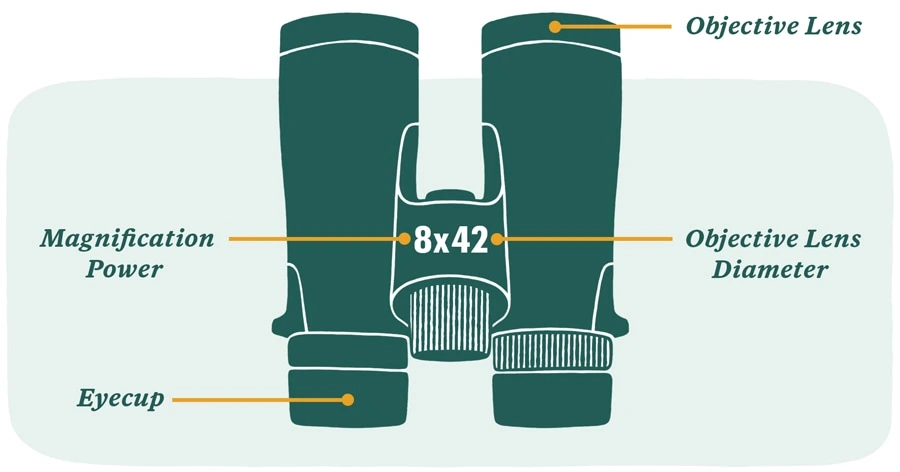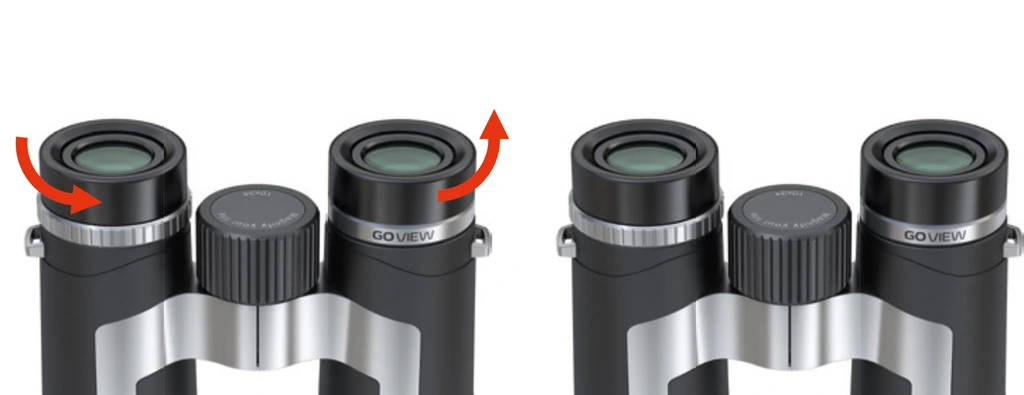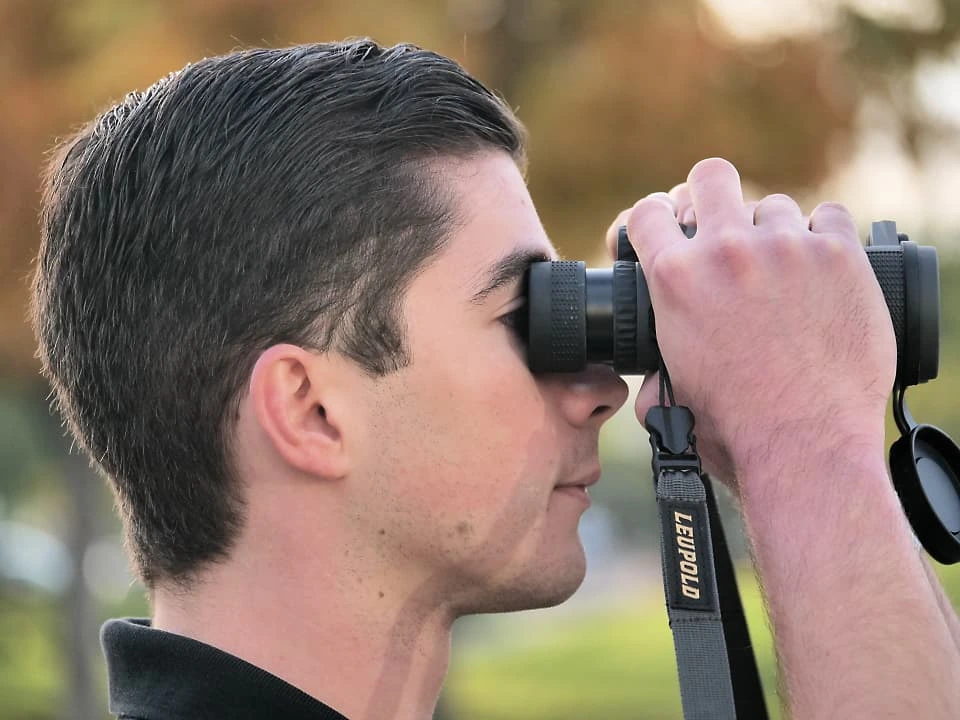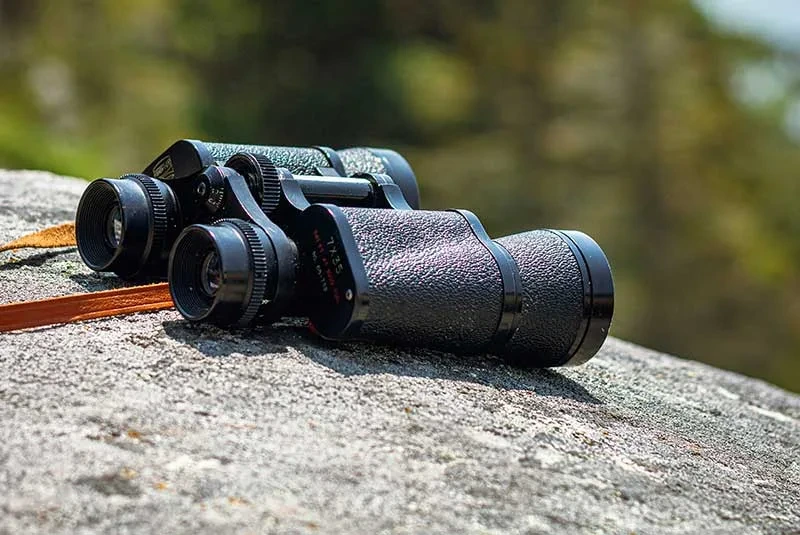No products in the cart.

At Colper, we understand how exciting it can be to hold your first pair of binoculars. Whether you’re gearing up for bird watching in Sinharaja, scanning the coastline for whales in Mirissa, or exploring a forest trail in Knuckles, knowing how to properly use binoculars can transform a good view into an extraordinary experience. Many beginners don’t realise that a small adjustment can significantly enhance clarity and comfort. That’s why we’ve created this step-by-step guide—to help you get the most from your binoculars, especially in Sri Lanka’s diverse and dynamic natural environments.
Understand the Basics: Magnification and Objective Lens

Before you even put the binoculars to your eyes, it helps to understand the numbers printed on them—typically something like 10×42 or 8×30. The first number indicates the magnification power. A 10x magnification means the object you’re viewing appears 10 times closer than it would to the naked eye. The second number refers to the diameter of the objective lenses in millimeters, which determines how much light the binoculars can gather.
For beginners exploring wildlife under different light conditions, an 8×42 is a versatile option. It offers stable magnification and decent brightness, especially helpful during early mornings or late evenings when many animals are most active.
A well-balanced magnification and light intake also play a key role when comparing different price brackets of binoculars in Sri Lanka.
Adjusting the Eyecups and Eye Relief

Eye-cups might seem minor, but they make a significant difference in your viewing comfort. If you wear glasses, twist the eye-cups down to rest your glasses directly on the binoculars. If not, extend the eye-cups for proper eye relief—this is the ideal distance between your eyes and the eyepiece to see a full field of view without black edges.
Poor eye relief often leads beginners to think the binoculars are faulty when it’s just a matter of adjusting this small detail. With the right fit, even prolonged use won’t feel tiring—an advantage that adds value to any investment, especially when comparing binocular price ranges available in the local market.
Mastering the Diopter Adjustment
Every person’s eyes are slightly different. That’s where the diopter adjustment comes in, allowing you to fine-tune the focus for one of your eyes independently. Usually, you’ll find the diopter ring on the right eyepiece.
To set it correctly:
- Cover the right lens and look through the left side with your left eye. Adjust the central focus wheel until the image is sharp.
- Then, cover the left lens and use only your right eye, adjusting the diopter ring (not the central focus) until the image becomes equally clear.
Once this is done, both eyes will be in sync, and you’ll only need the central wheel for future focusing.
Understanding how to achieve a crisp image this way also plays into finding the right product match for your needs—especially when browsing mid-range options tailored for beginner and intermediate users.
Holding Binoculars the Right Way

Yes, there’s a right way to hold them—and it’s not just about keeping a steady grip. For best results:
- Tuck your elbows close to your body
- Stand with your feet shoulder-width apart
- Hold the binoculars up to your eyes, and gently rest them against your brow ridge
If you’re observing something at a distance for a long time—say, a bird perched on a high tree branch—try sitting down or leaning against a tree or railing for added stability.
You can also invest in a tripod-adaptable model, which is especially useful for longer viewing sessions or for spotting movements during safaris or stargazing nights.
Focusing Like a Pro
Binoculars have a central focus wheel for a reason—but it’s how you use it that makes all the difference. Always start by focusing on something with clear detail, like the bark of a tree or a signboard in the distance.
Spin the wheel slowly. If the view seems sharp but flickers or changes clarity as you move your eyes, you might need to revisit your diopter setting. Keep practicing on various distances—from 10 meters to the horizon—until switching focus becomes second nature.
Clear, responsive focusing becomes even more important when you’re comparing different models side by side and trying to determine whether the optics justify the price.
Caring for Your Binoculars

A clear view also depends on keeping your lenses clean and protected. Use a microfiber cloth, and avoid your shirt or tissue paper—they can scratch the lenses over time. Store them in a dry place, preferably in their original case, especially if you’re living in or traveling through humid regions like Kandy or Galle.
Avoid touching the glass directly and always use the lens caps when not in use. If your binoculars are waterproof or fog-proof, that’s a big plus, especially for nature lovers who don’t let a bit of rain stop their adventures.
At Colper, we offer a curated selection of binoculars designed to suit every level of viewer—from enthusiastic beginners to seasoned explorers. Whether you’re choosing your first pair or upgrading to a more advanced set, our products are chosen with local terrain, wildlife, and climate in mind.
Getting started may feel overwhelming, but with proper setup and understanding, the joy of bird watching, wildlife tracking, or coastal exploration becomes deeply rewarding. And just like finding the perfect price-performance balance in the binocular market, learning to use your gear well is part of what makes the experience worthwhile.
Explore our full collection online and find a pair that suits your view—your next adventure is only a gaze away.
